There's just something about a water reflection photo that I really enjoy.
I can't decide if it's the calmness of it or the symmetry. Maybe it's both!
But snagging landscape pictures like the one above is a little more involved than pointing and shooting at a calm body of water (though those are important steps).
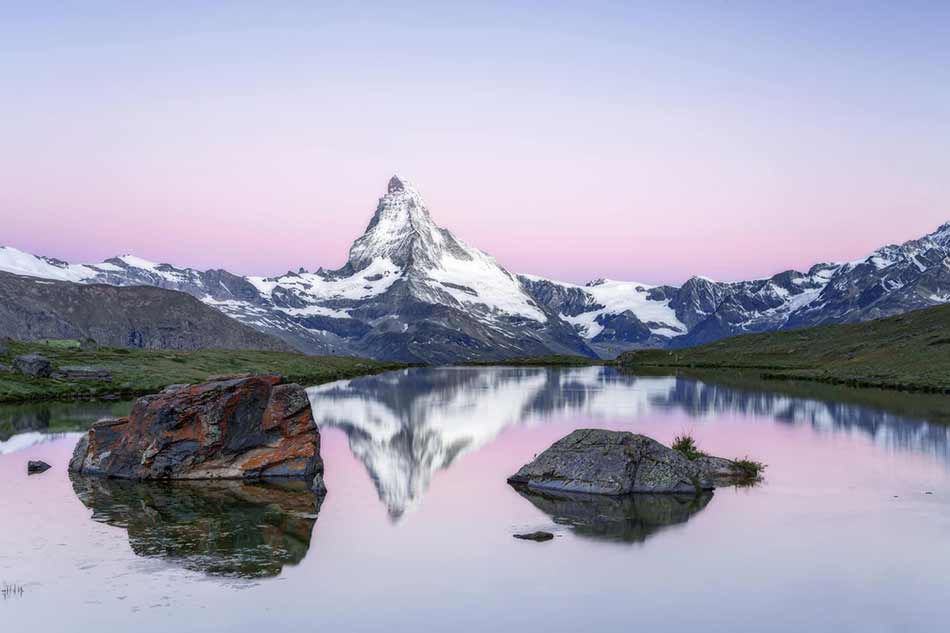
If you want to up the quality of your water reflection shots, follow these five steps.
Step #1: Consider the Subject
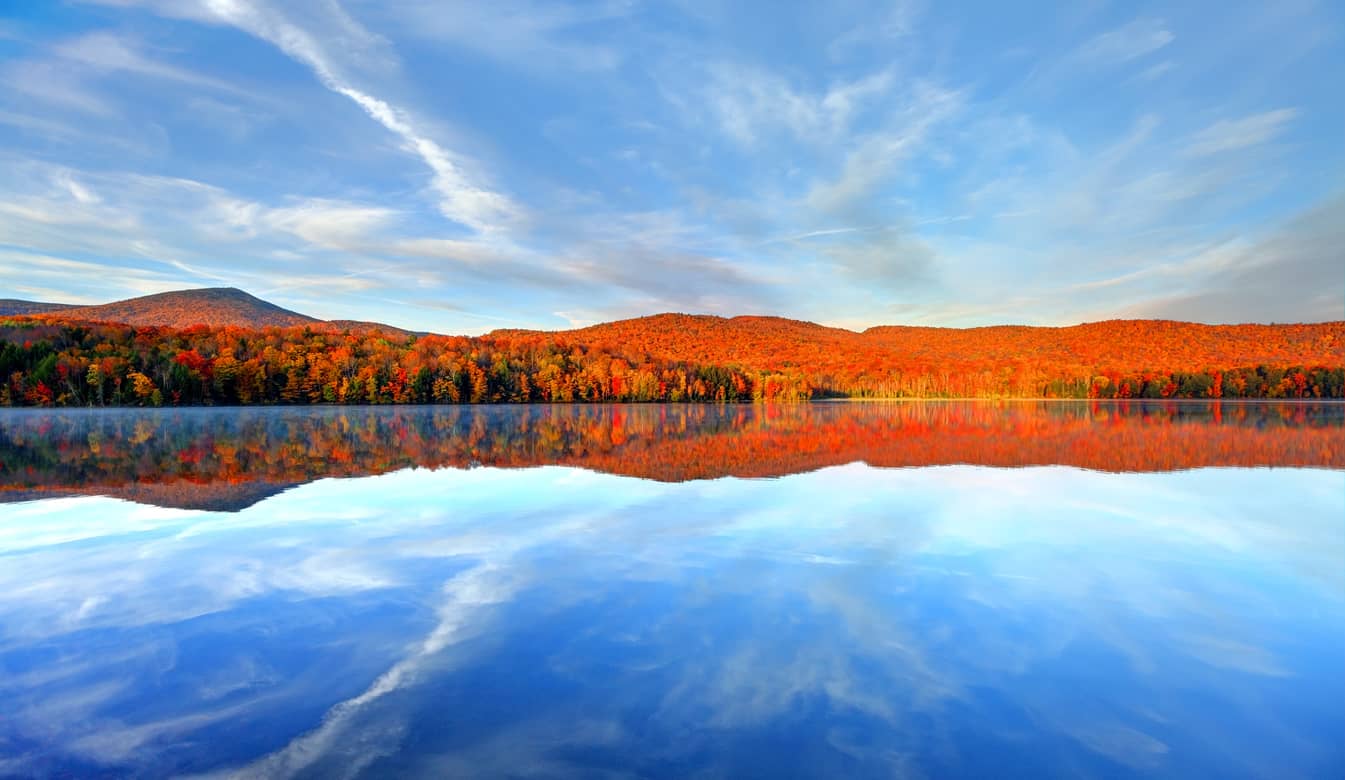
Not everything that's reflected in water makes for a great subject.
A mountain peak - yes. A nuclear power plant - not so much.
Remember, whatever the subject is, it will be doubled in the shot due to the reflection. That means you need to ensure the subject is strong, has good lines or shapes, or has eye-catching colors.
That's why mountains, trees with fall foliage, and city skylines are popular subjects for water reflection shots - each has interesting shapes or colors that make them a strong subject.
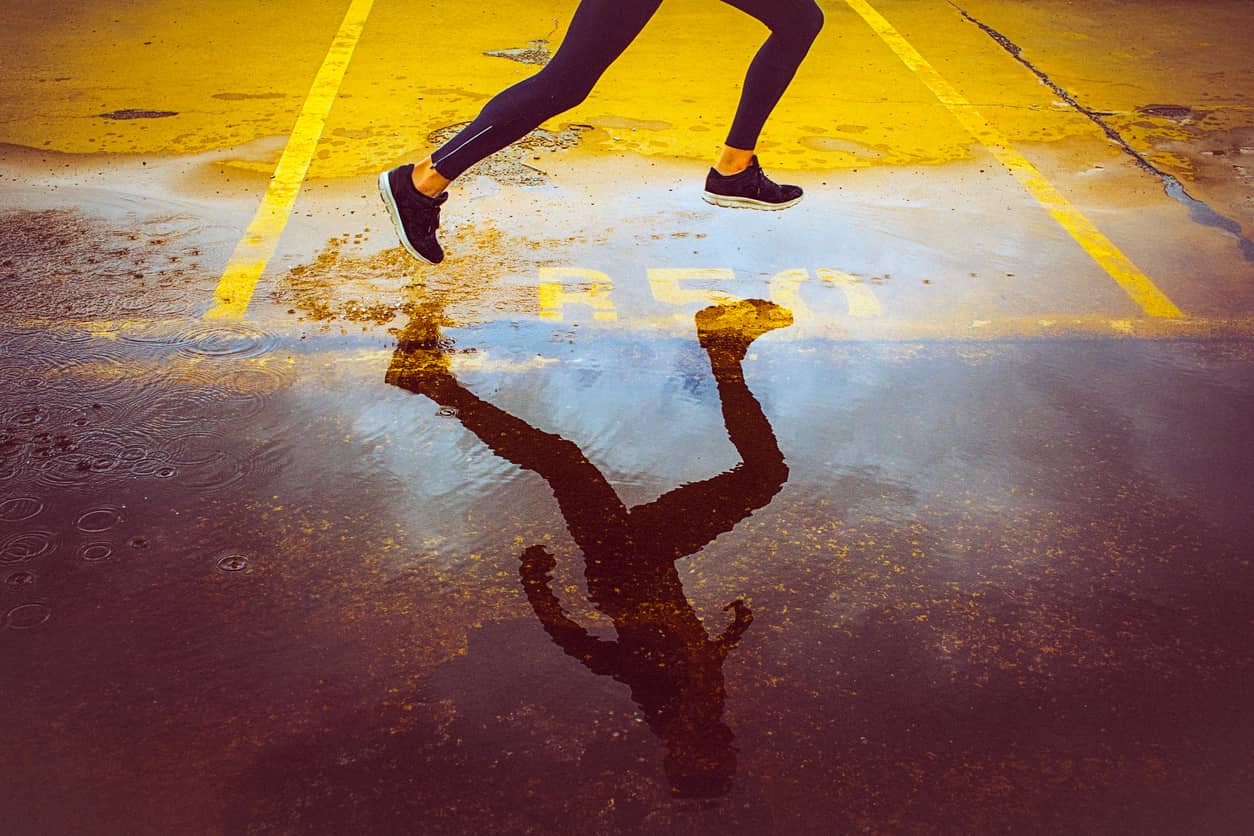
Of course, there are plenty of other possible subjects, too...
Try a portrait or catching an airplane's reflection as it flies above.
Sunrises and sunsets have plenty of colors to make a great reflection shot. too.
You might even highlight a pier or a boat (or both) on the still waters of a lake.
Step #2: Consider the Time of Day & the Weather
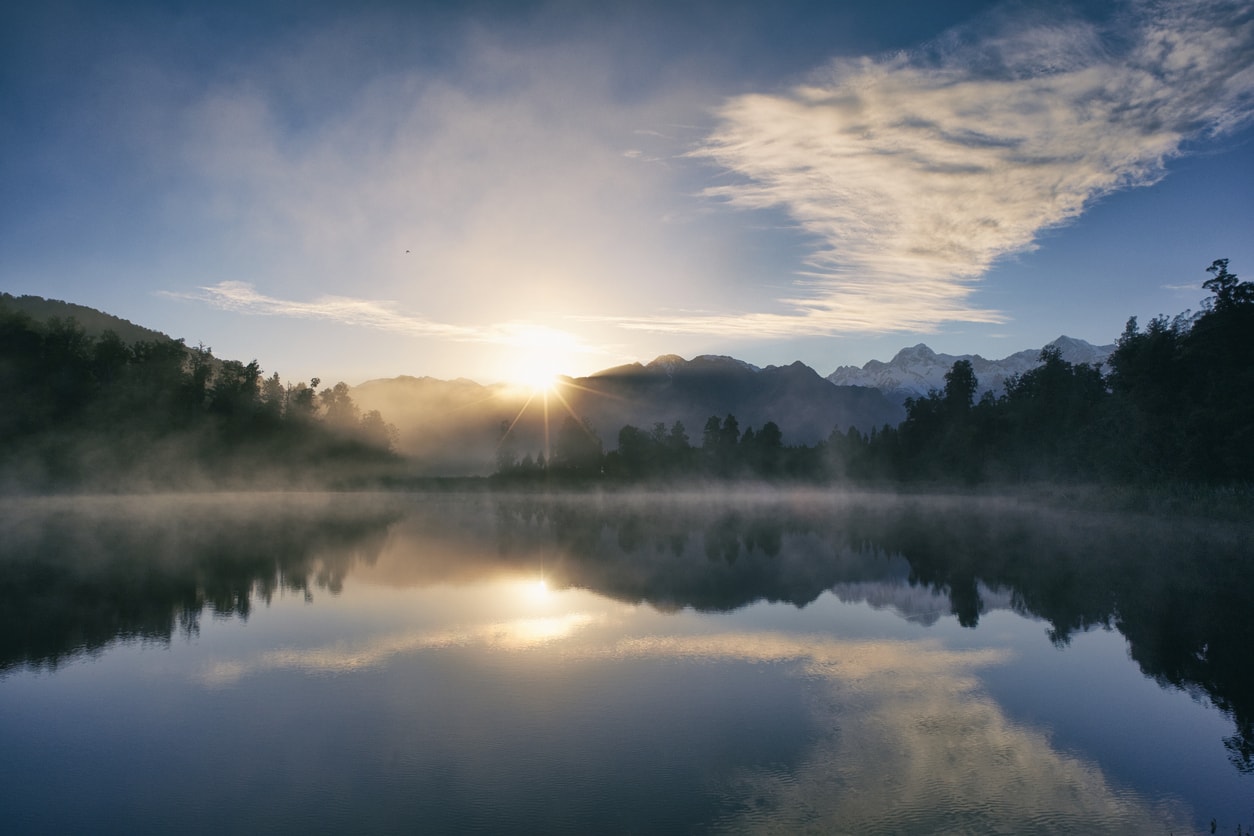
Water reflection shots have the most impact if the water has a still, glassy surface.
But that stillness doesn't come at just any time of day.
The chances are better for still waters in the early morning, such as at sunrise.
The afternoon, however, is typically the time when the wind kicks up most frequently, so afternoon shots will be more difficult to come by.
What's more, reflection shots benefit from the softer, more colorful light that's present in the early morning and late evening. There's less glare, too, since the sun is so low in the sky.
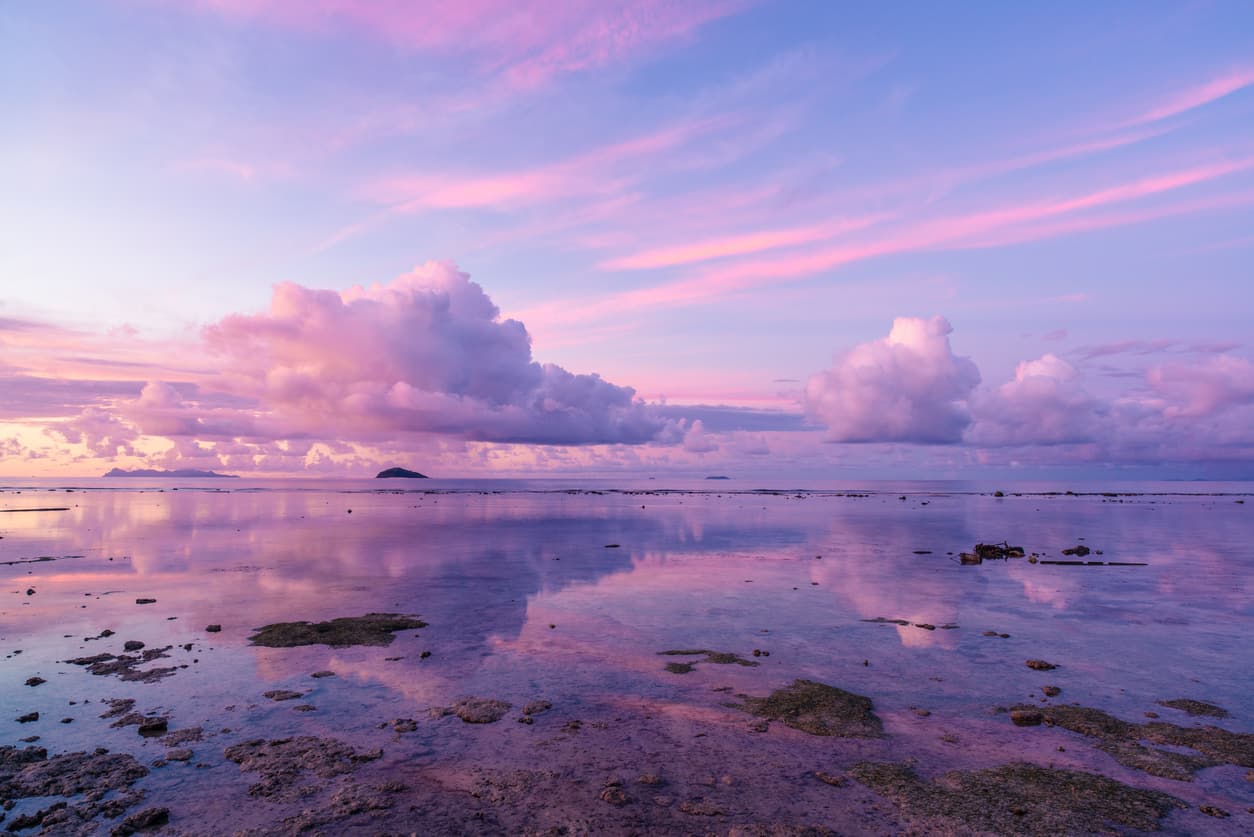
And if you want added drama, look for opportunities to highlight interesting cloud formations, as seen above.
Don't think that overcast skies aren't good for reflection shots, either.
With a blanket of gray above the water source, you can really highlight your subject!
Step #3: Use Aperture Priority Mode
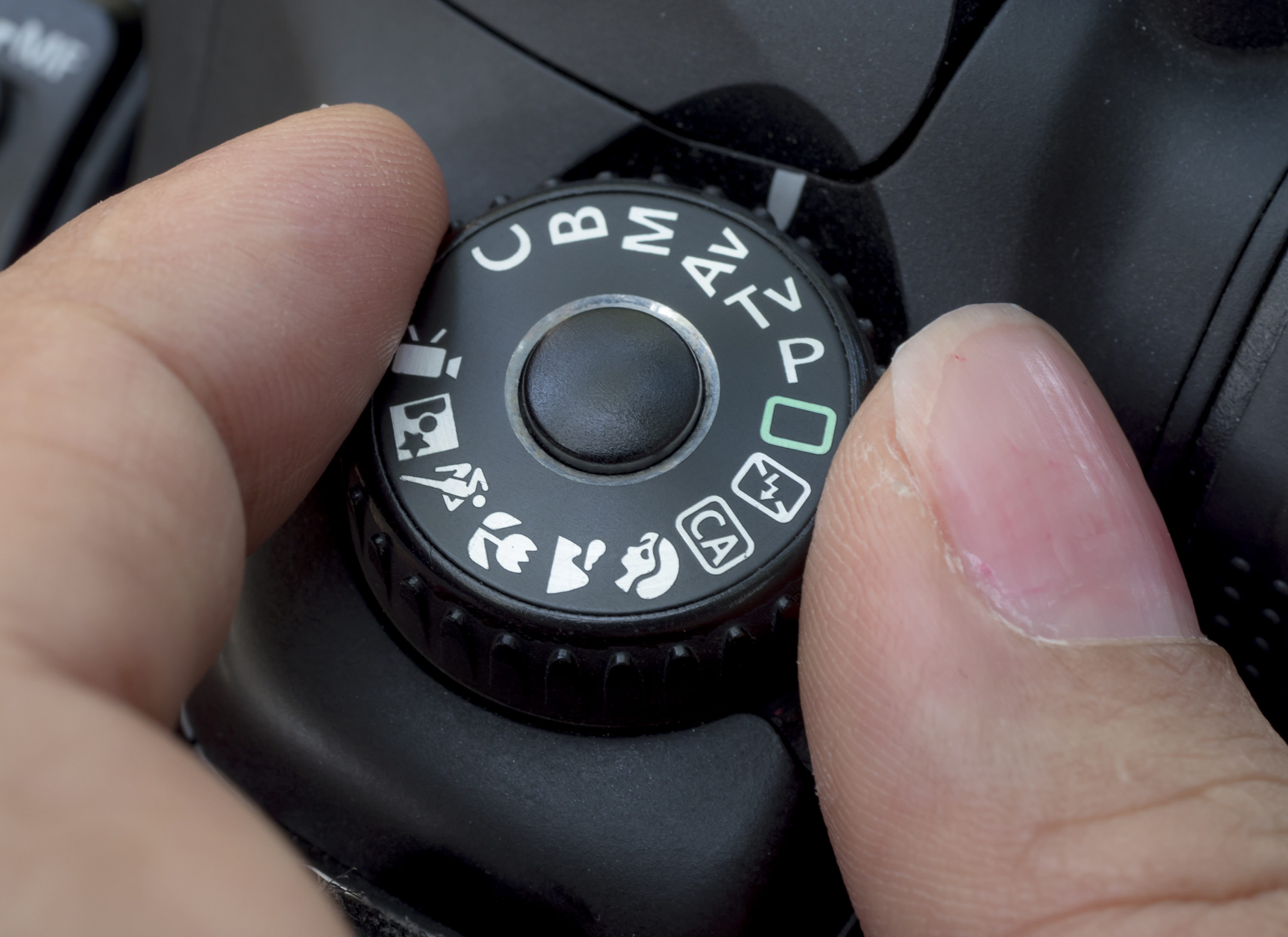
Reflection shots are tricky because your subject is much further away from the lens than its reflection, yet you want both to be in focus.
One way to do that is to ensure the depth of field is large enough to capture both elements.
The aperture you use is one of the factors that influence depth of field. The larger the aperture value, the greater the depth of field.
So, put your camera in aperture priority mode (A or AV on your camera's dial), and select an aperture like f/11 or f/16. Even if there's objects in the shot just a few feet from you, that aperture should give you enough depth of field to get the entire scene in sharp focus. Learn more about the best camera to take pictures on our website PhotographyTalk.com.
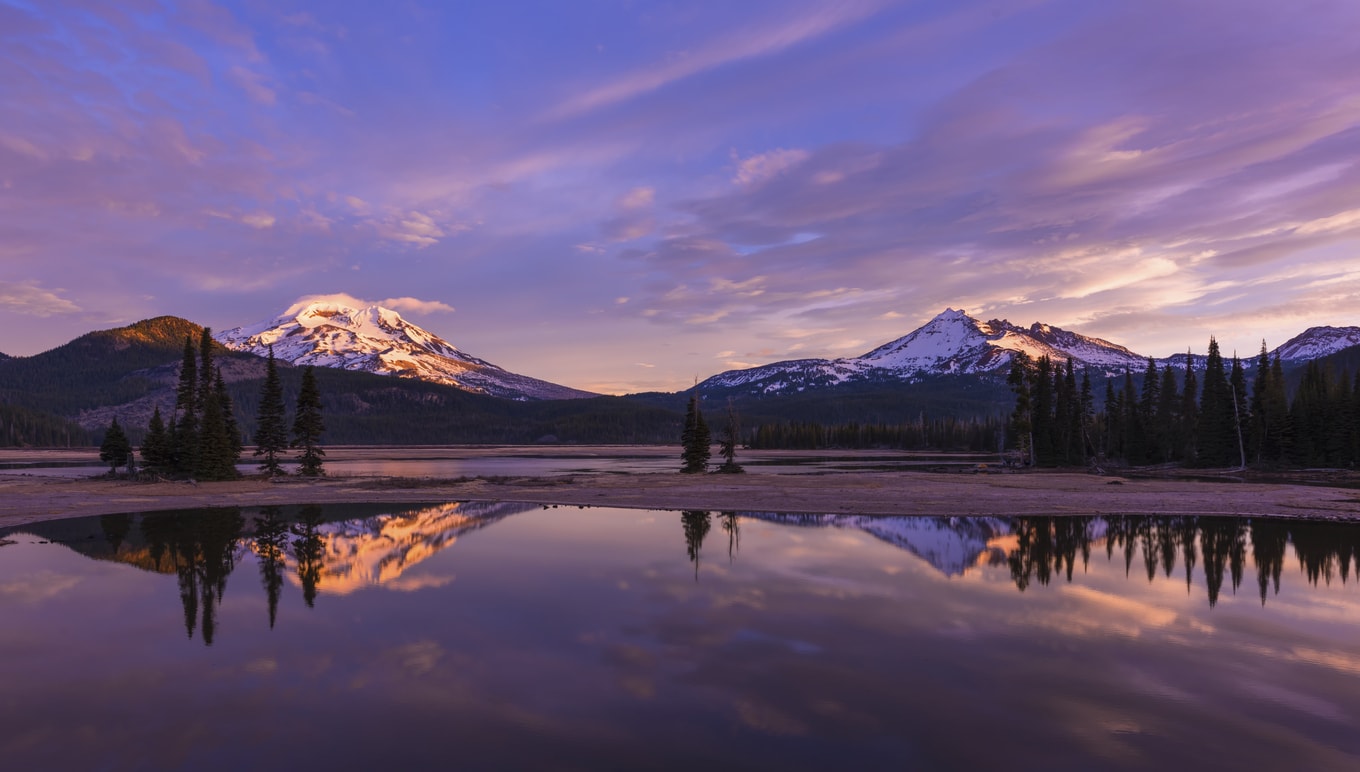
If you have a few choices of lenses, opt for something in the wide-angle range.
A wide-angle lens allows you to get more of the scene in the shot and offers a pleasing perspective, particularly of landscapes as seen above.
Step #4: Minimize the ISO
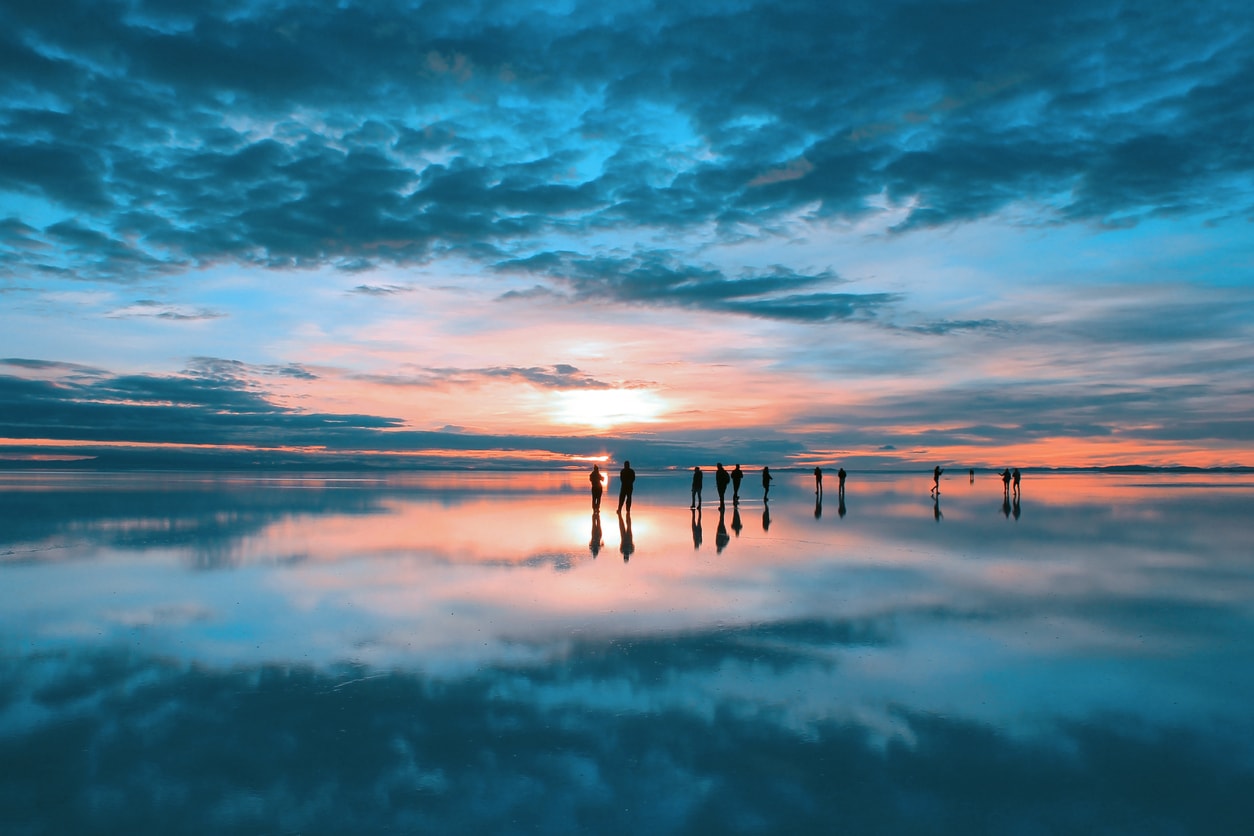
If you're shooting a reflection photo during the daytime, minimizing the ISO won't be a problem.
But at sunrise and sunset, you might need to bump it up a bit to prevent the image from being too dark.
In those cases, still strive to keep the ISO as low as possible.
This is advisable because as the ISO increases, the image becomes grainier due to noise.
Fortunately, when shooting in aperture priority mode, you can set the ISO as well.
Today's cameras can easily shoot at ISO 800, 1600 or even 3200 before noise becomes a noticeable issue, so just be aware of that when changing the ISO setting.
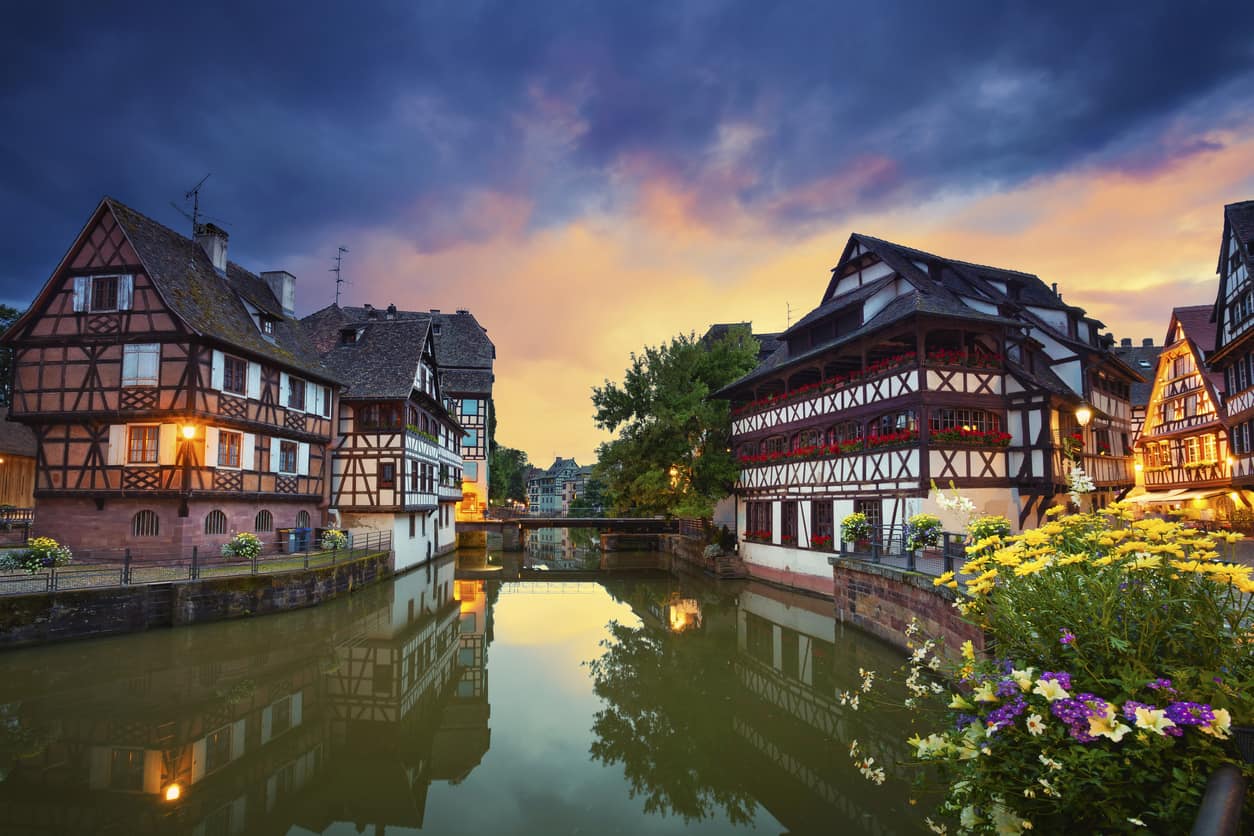
As a bonus tip, if you're shooting handheld and you find that the shutter speed the camera selects is just too slow and introduces camera shake, use a higher ISO.
Since the ISO increases the sensitivity of the sensor to light, a higher ISO means a faster shutter speed is possible.
If it comes down to choosing a photo that's blurry because of a slow shutter speed or one that has a little digital noise due to a high ISO, choosing the latter is always the better option.
Step 5: Help Your Camera
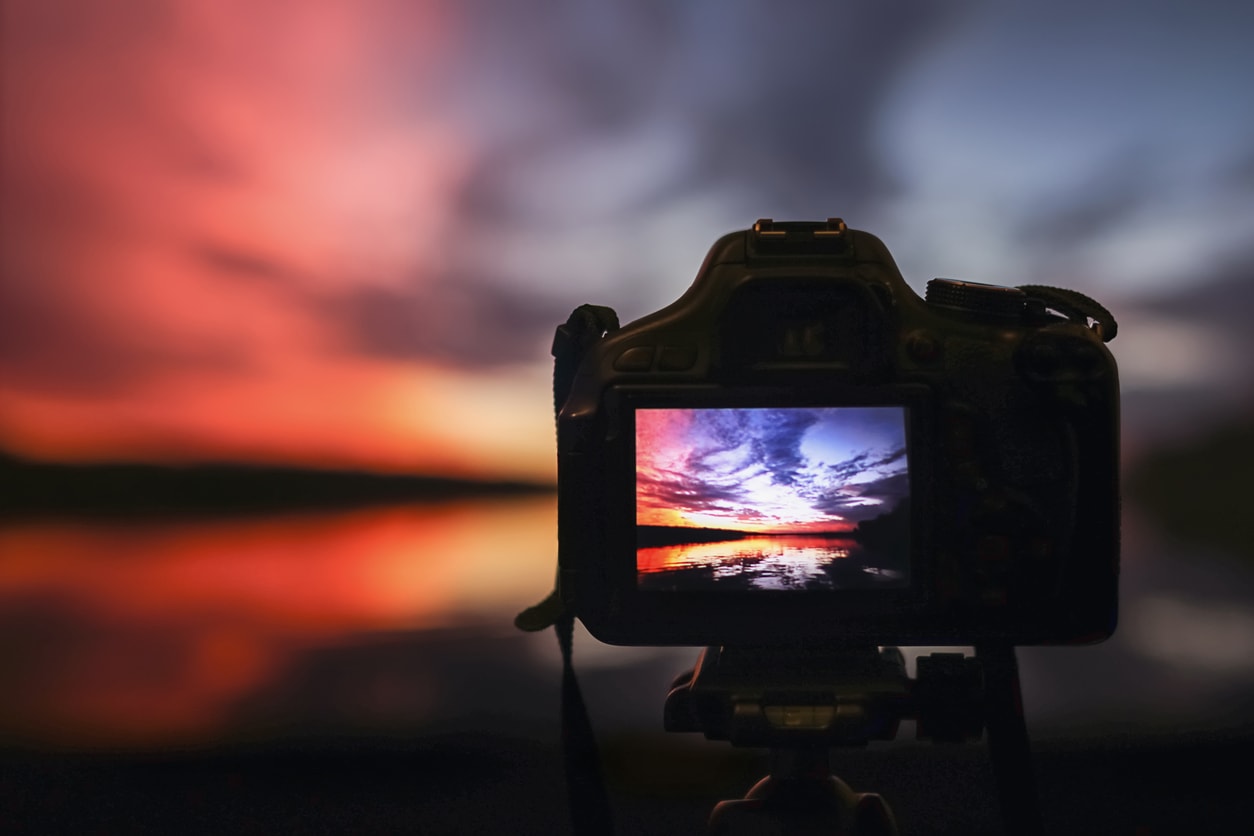
Your camera can do a lot on its own, but it can always stand to get a little help from you in order to get the best water reflection photo.
For starters, use a tripod when shooting, that way your camera has a nice, stable base to get a tack-sharp photo.
Don't opt for a cheap tripod, either. Quality matters here, so do your due diligence and get a solid tripod that will last you for years and years.
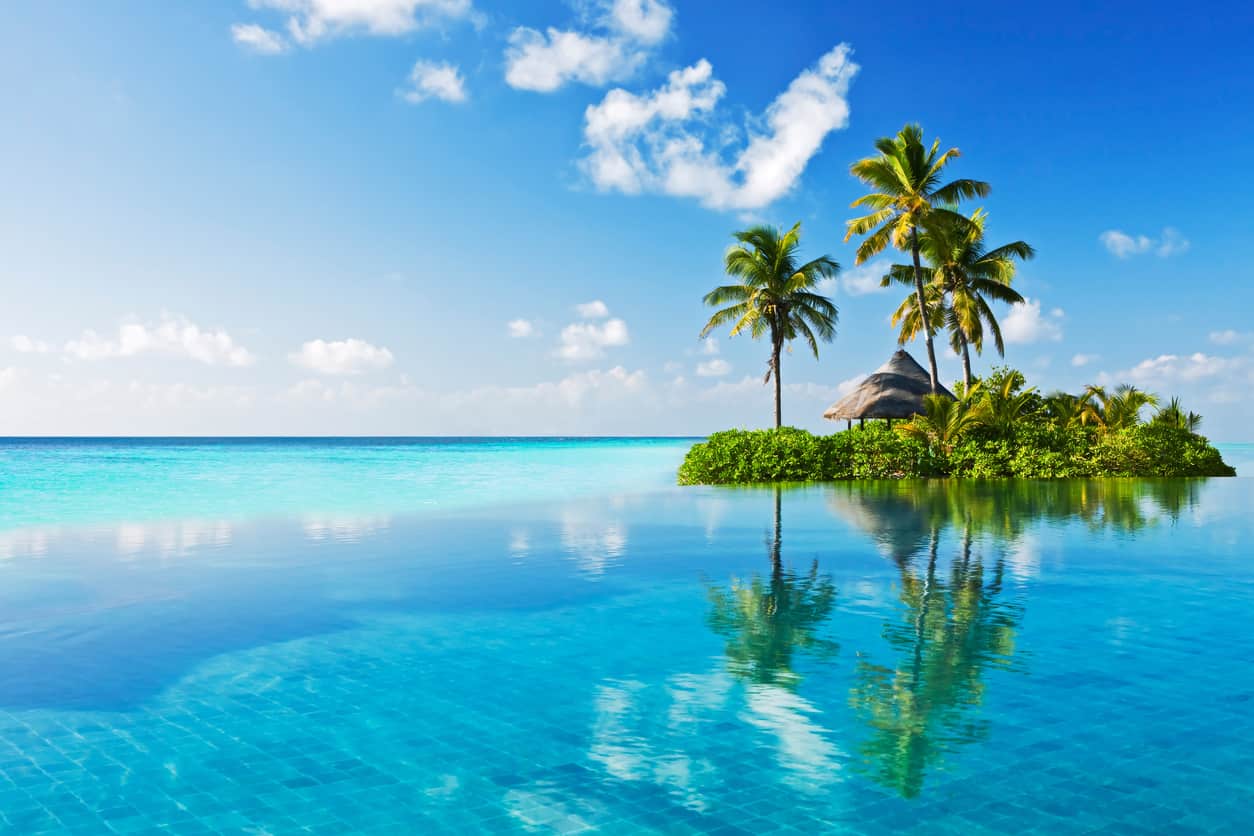
Something else you can do to help your camera is to use filters to improve the exposure.
A polarizer will help reduce glare off the water and will also increase the contrast of the blue sky and white clouds, making them pop more in the shot.
You might also try using a neutral density filter, which reduces the overall amount of light entering the lens.
This is advantageous if you want to shoot long exposures during the day because with a reduced amount of light entering the lens, you can use a longer shutter speed to get those nice blurry effects of a long exposure.
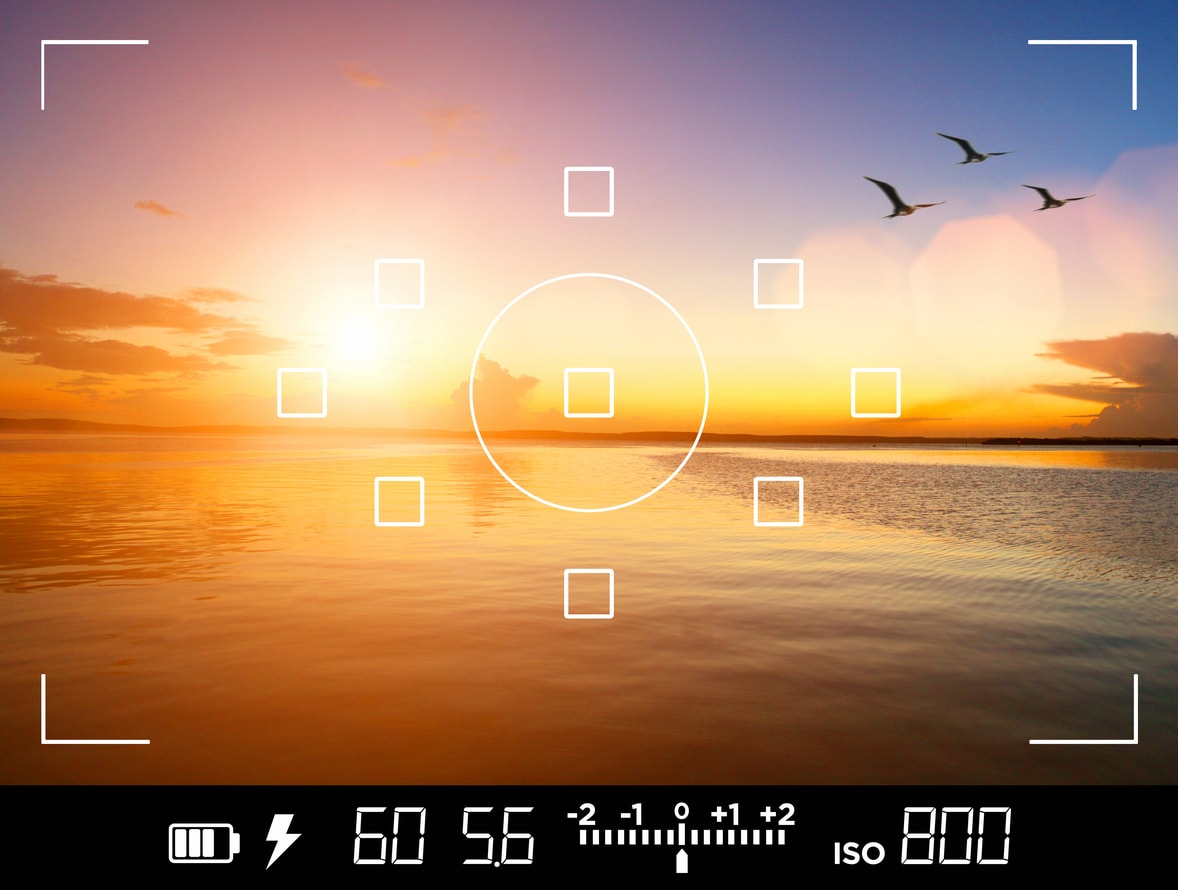
You might also try manually selecting the focal point...
Though today's cameras have incredible autofocus systems, they aren't always accurate.
If you find that your camera is struggling to acquire the desired focus point, simply access the autofocus menu (usually by pressing a button on the back of the camera labeled AF) and manually selecting which point you want the camera to use to acquire focus.
This will often help you get a sharper photo, and sharp photos is what we want!
Putting It All Together
As I mentioned in the introduction, getting a great photo of a water reflection is more involved than pointing and shooting at a body of water.
As is outlined above, you need to consider everything from the subject matter to the time of day, the camera settings to the accessories you use.
By bearing these things in mind, I think you'll find that you're better equipped to get stunning water reflection shots like those shown throughout this article.
Get a few more tips and inspiration for water reflection photos in the video above from Ian Plant and Ultimate PhotoGuide.
This blog post about the topic "Learn How to Shoot Water Reflections in 5 Easy Steps" was first published on our website here https://www.photographytalk.com/landscape-photography/7776-learn-how-to-shoot-water-reflections-in-5-easy-steps